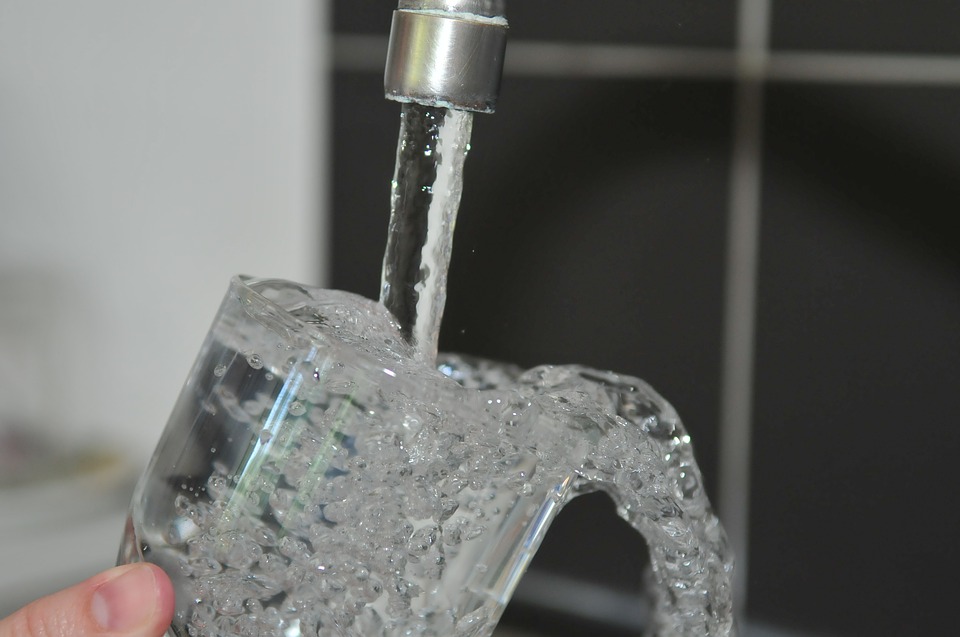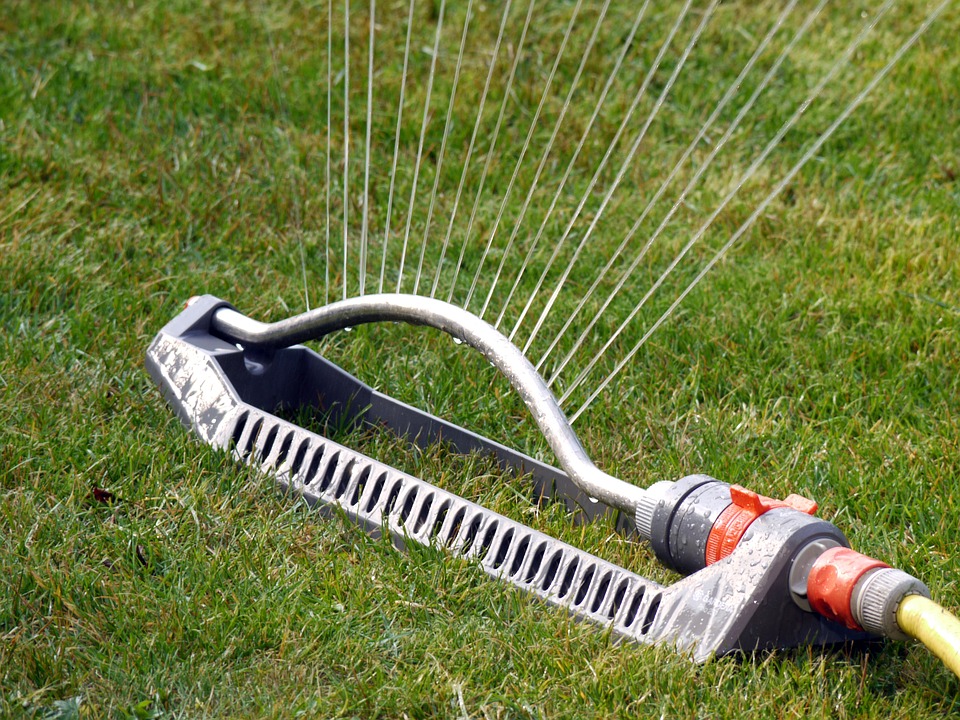
Water
How To Choose Industrial Water Treatment Companies?
When looking for an industrial water treatment company, you should keep a few things in mind. The first is the

When looking for an industrial water treatment company, you should keep a few things in mind. The first is the

Do you love sparkling water but don’t want to spend a fortune on it? If so, a sparkling water dispenser

Micro-irrigation fittings are the components that make up a micro-irrigation system. They include everything from the mainline and lateral pipes

Water desalination is a process that involves removing salt from water, usually by using electricity to power desalination membranes. To

Investors should ensure that their portfolios have investments that will offer attractive returns in the long run, based on the
Copyright © 2025 | Powered by Word-Weight
Copyright © 2025 | Powered by Word-Weight